
Diet Food to Eat for Arthritis
There was always a cure for arthritis in folk medicine. But it took some time to be accepted by the medical community. New medical discoveries reveal foods’ ability to “cool down” the inflammation in the joints (arthritis), increasing the need for a customised arthritis diet chart. Arthritis patient diet chart when followed can soften the symptoms, but wrong food intake can aggravate the suffering.
Arthritis is characterised by inflammation, pain swelling and stiffness in the joints. In some cases, eliminating certain foods may provide instant and permanent cure. Whereas in other cases, arthritis may be inherited and not really connected to any specific food intake.
Different foods trigger arthritis in different patients. So, it is important to know which food is causing the inflammation. Food reactions are highly individual and could come from almost any food you can think of.
Diet Plan for Joint Pain and Arthritis
To nab the villain, it would be wise to go on an elimination diet for a week. Limit your intake to a few foods such as herbal teas, vegetable soups (excluding tomatoes, capsicum, potatoes, brinjal and green chillies) and vegetable juices made from carrots, beetroot, spinach and coriander.
If the symptoms of arthritis improve, add other cereals such as jowar and bajra, pulses, nuts and seeds. Avoid all kinds of meats, milk, eggs, wheat, corn, citrus fruits, cheese, black pepper, mono sodium glutamate (ajinomoto), food preservatives and refined sugar for the next two months.
Then get on to all these foods one by one. Never introduce more than one type of food in two days’ time. If there is a recurrence of inflammation within 2 days of consumption, reject that food completely.
If you are clear of symptoms despite adding wheat, corn or dairy products, go on adding them one after the other, never at once. In this way you will be able to identify the allergen. Include these foods in your diet for arthritis to manage the symptoms.
 Fish
Fish
Have lots of fish – steamed, poached or in a curry. Fish oils contain anti-inflammatory agents. According to a study, moderate amounts of fish benefit arthritic patients by easing the pain to some extent. The study found that fish oils suppressed the production of leukotriene B-4, an inflammatory substance that aggravates arthritis symptoms.
 Ginger
Ginger
Try a little ginger every day. It has been used for thousands of years in Ayurveda because this anti-inflammatory agent might help you soothe the pain. Consume 5 gm of ginger thrice in a day in either cooking or drink its juice mixed with water. Take it thrice in a day.
 Broccoli
Broccoli
Sulforaphane, the compound found in broccoli and other cruciferous vegetables such as cabbage, cauliflower and brussels sprouts, may block the enzymes that are linked to joint pain and cause inflammation. Broccoli is loaded with vitamin K, which is known for slowing down the progression of osteoarthritis. So, broccoli must be part of your diet for arthritis.
 Low-sodium diet
Low-sodium diet
A low-sodium diet helps counteract water retention in tissues, which can aggravate the swelling that accompanies arthritis.
 Omega-3 fats
Omega-3 fats
Eat at least 2 tablespoons of flaxseeds (alsi) powder every day. It is rich in Omega-3 fats and will help in reducing arthritis pain.
 Vitamin E & C
Vitamin E & C
Increase your intake of antioxidants like Vitamin E, C and beta-carotene. They help prevent the breakdown of cartilage and are vital for the synthesis of collagen. Vitamin C along with bioflavonoids helps strengthen the capillary wall. Vitamin E along with selenium controls inflammation of the joints by inhibiting prostaglandin production.
 Garlic
Garlic
The anti-inflammatory properties in garlic help to ease the symptoms of arthritis. Garlic is not only good for arthritis, but also for your overall health. For instance, it strengthens immunity by enhancing the functioning of immune cells. So, it’s a great addition to your diet for arthritis.
 Turmeric
Turmeric
Most people know that powdered turmeric is used to give foods flavour and colour. But, turmeric and curcumin help treating osteoarthritis and preventing rheumatoid arthritis symptoms. Curcumin reduces pain, inflammation and stiffness. Consume not more than 500 mg twice daily for rheumatoid arthritis.
 Takeaway
Takeaway
Include cereals such as jowar, bajra or nachni rotis, fruits except citrus fruits, nuts, seeds and whole pulses in your daily diet for arthritis to ease the pain. Wheat and cornflour are the main culprits of rheumatoid arthritis, so eliminate them from your diet plan.
Not every case of rheumatoid arthritis is associated with food allergy. But if you don’t try elimination diet you’ll never be able to find out. Drinking 3-4 glasses of dudhi juice and following a good detox program usually helps reduce pain in arthritic patients.
Arthritis may limit some of your activities, but it need not overpower your life. As someone rightly said: ‘It’s all in the mind’. Your mind plays an important role on how you respond to any illness. So, think positive and learn to manage your pain instead of feeling depressed and helpless. It will surely help you to lessen its impact on your life.
If you’re suffering from one or more medical problems, or if you are on any medication, it is advisable to consult your physician before attempting any diets including diet for arthritis, knee pain diet chart or joint pain diet chart.
To get a personalised rheumatoid arthritis diet chart, speak with Health Total expert nutritionists and doctors. Call 1-800-843-0206 to book an appointment for your first free consultation.
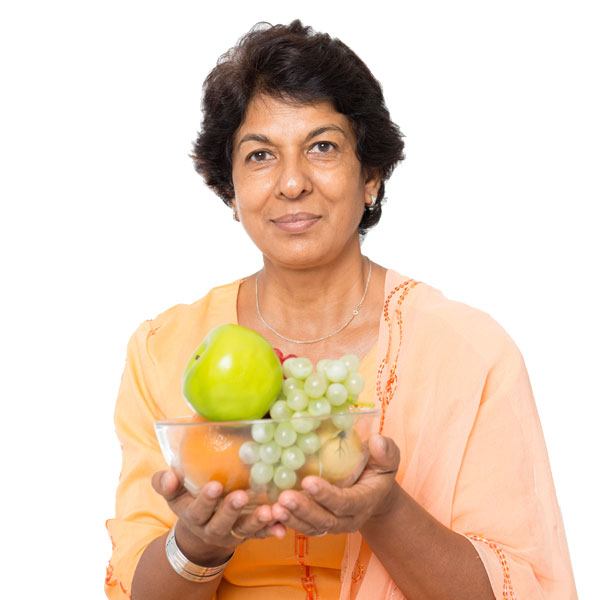
 Fish
Fish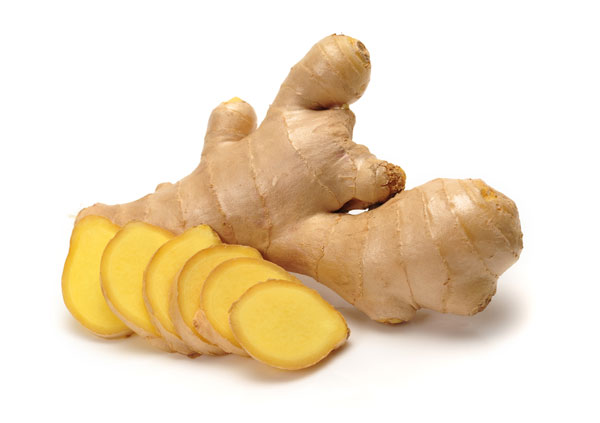 Ginger
Ginger Broccoli
Broccoli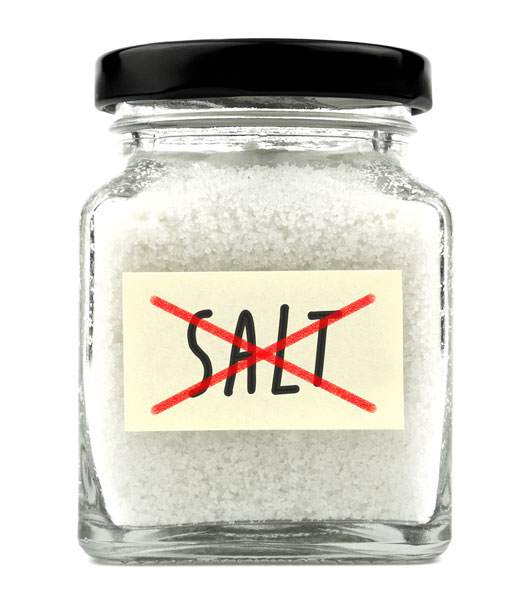 Low-sodium diet
Low-sodium diet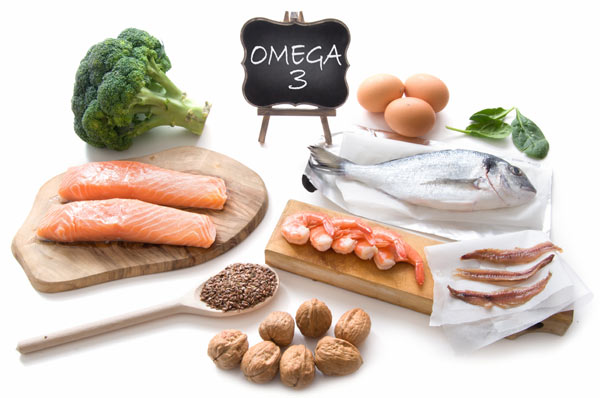 Omega-3 fats
Omega-3 fats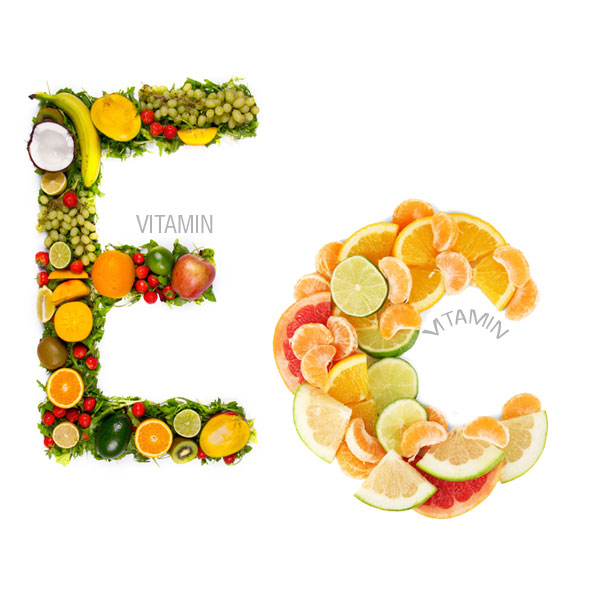 Vitamin E & C
Vitamin E & C Turmeric
Turmeric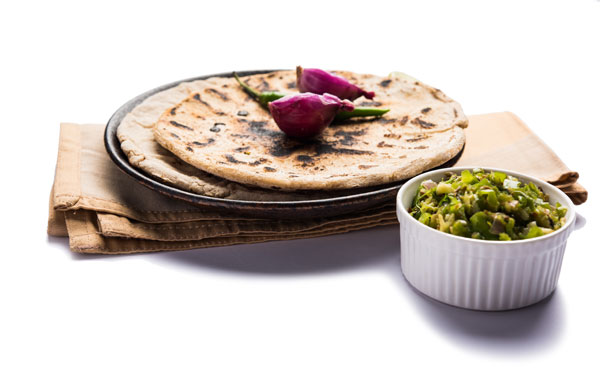 Takeaway
Takeaway